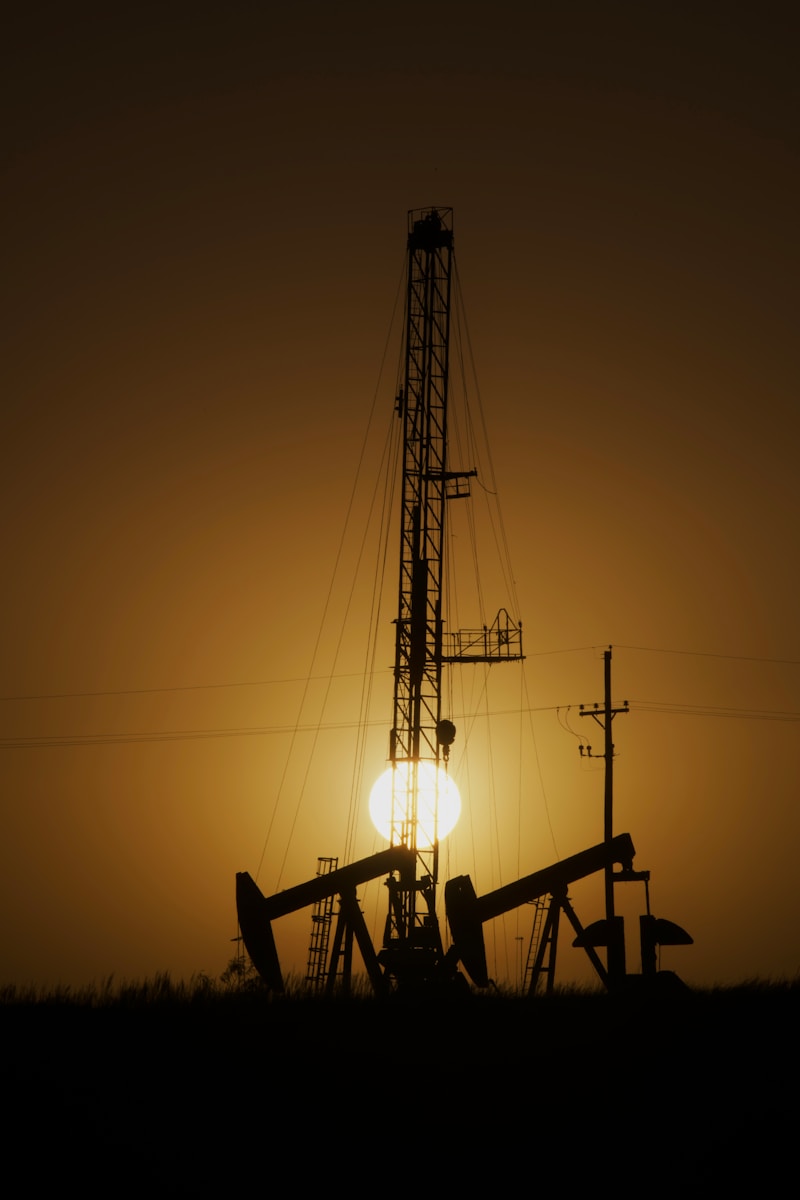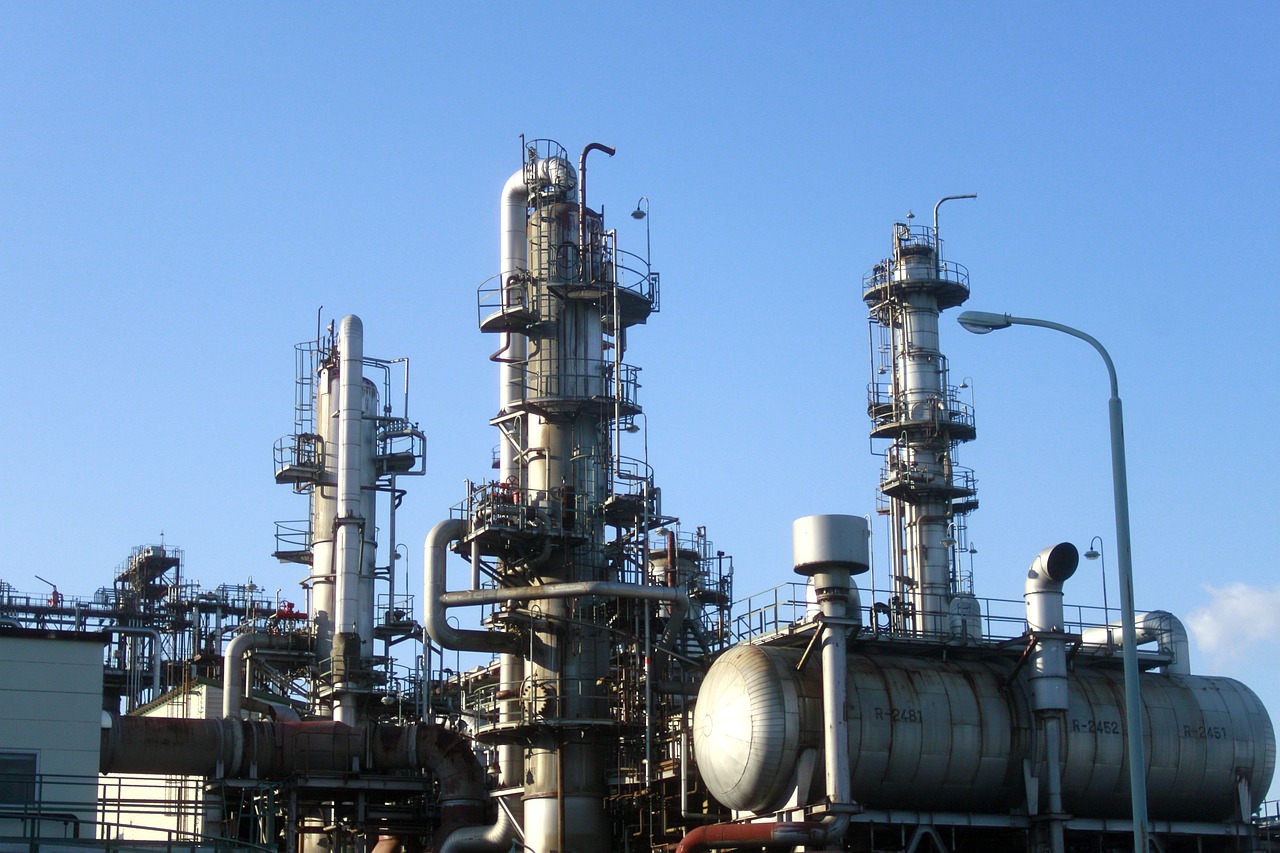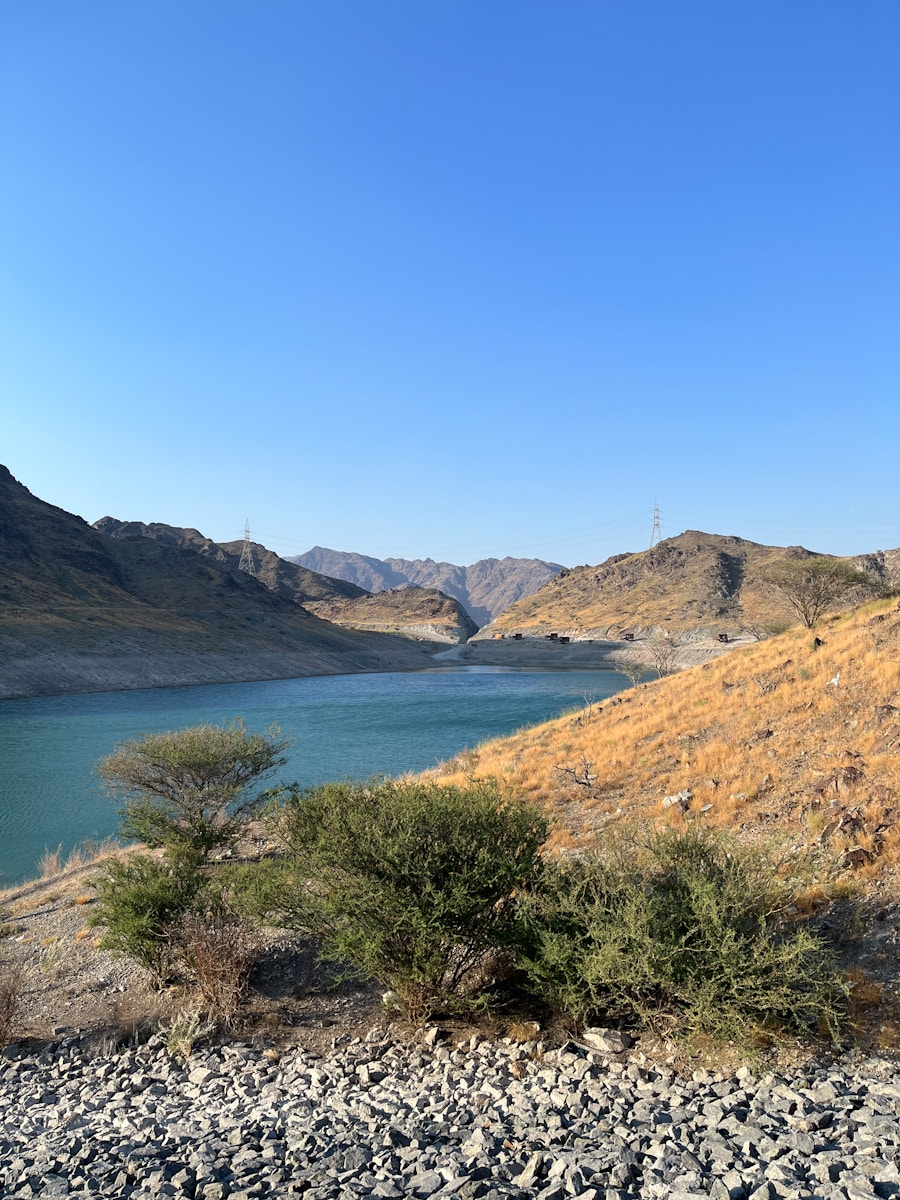
Red Queen Dilemma Plagues Oil Market Amid Supply Vulnerabilities and Oversupply Concerns
Oil traders are grappling with one of the most contradictory markets in recent memory. Just weeks ago, the focus was on potential oversupply and weak demand from the US, but now attention has shifted to the rapid decline of global oil and gas reserves, creating a complex landscape for the industry.
This tension is highlighted by a notable change in perspective from the International Energy Agency (IEA). Previously, the agency cautioned about a massive surplus of crude oil. However, its recent report reveals a different challenge: oil and gas fields worldwide are depleting at a faster pace than anticipated, forcing the sector into an expensive race to sustain current production levels. This issue is particularly evident in shale oil, where wells produce heavily at first but quickly taper off, requiring constant reinvestment to avoid output drops—a situation likened to the “Red Queen Syndrome” from Lewis Carroll’s Alice in Wonderland, where one must run endlessly just to stay put. As IEA head Fatih Birol noted, the industry is essentially sprinting harder to maintain the status quo.
The IEA’s analysis, based on data from 15,000 fields, shows accelerating natural decline rates. Without new investments, global oil output could plummet by 5.5 million barrels per day—equivalent to the combined production of Brazil and Norway. Natural gas could drop by 270 billion cubic meters annually, up from 180 billion a few years back. Conventional oil fields are declining at 5.6% per year, while gas fields are at 6.8%.
The US shale industry, once seen as a flexible “swing producer,” appears especially vulnerable. If drilling halted, shale production could fall by 35% in the first year alone, due to its heavy reliance on ongoing capital. Signs of stress are already emerging: shale employment fell 1.7% in August amid reduced drilling and cost-cutting, following a 12% drop in oil prices since January. Major players like Chevron and ConocoPhillips are planning workforce reductions of 20% and up to 25%, respectively. The US oil rig count has decreased by about 60 this year, mostly in the second quarter.
Companies are merging, cutting rigs, and focusing on efficiency to prop up production, but experts predict these moves will soon impact output. For instance, Diamondback Energy has reduced its rigs from spring levels and indicated that US shale production may have peaked at current prices, planning to operate just 13-14 rigs through year’s end—a significant drop from last year.
This shale instability contrasts sharply with the more resilient, slower-declining reserves in the Middle East and Russia, which are poised to dominate global supply as other legacy fields wane. This shift introduces additional geopolitical uncertainties into an already unpredictable market.
On the demand side, signals are weak, adding to the paradox. The US Energy Information Administration reported a massive 9.3 million-barrel drawdown in crude stocks for the week ending September 12, bringing inventories to 415.4 million barrels—5% below the five-year average. Gasoline stocks dropped by 2.3 million barrels, though distillates increased by 4 million. Despite these reductions, prices stayed subdued: Brent crude was at $68.41 per barrel mid-week (down nearly $1.70), and West Texas Intermediate hovered below $65 (down 15 cents). Factors like soft US demand, rising product stocks, and economic growth worries continue to weigh on the market.
In essence, the oil sector is caught in a bind: immediate bearish pressures from oversupply fears clash with long-term bullish risks from underinvestment and supply fragility. Producers face pressure to replace depleting reserves amid capital constraints and low prices, leaving traders to balance these competing narratives in a precarious environment.




